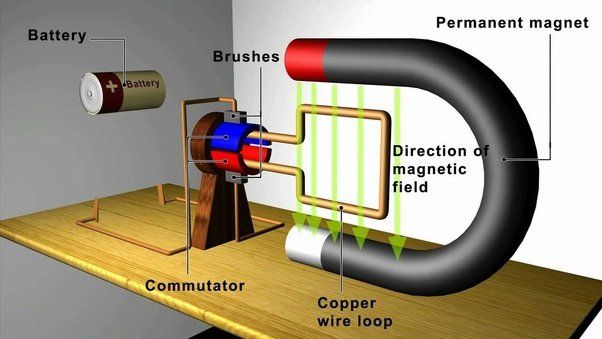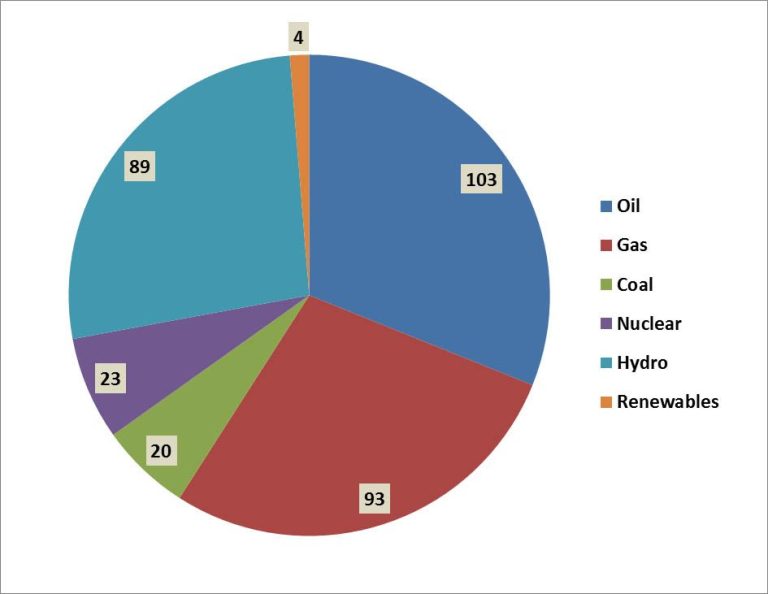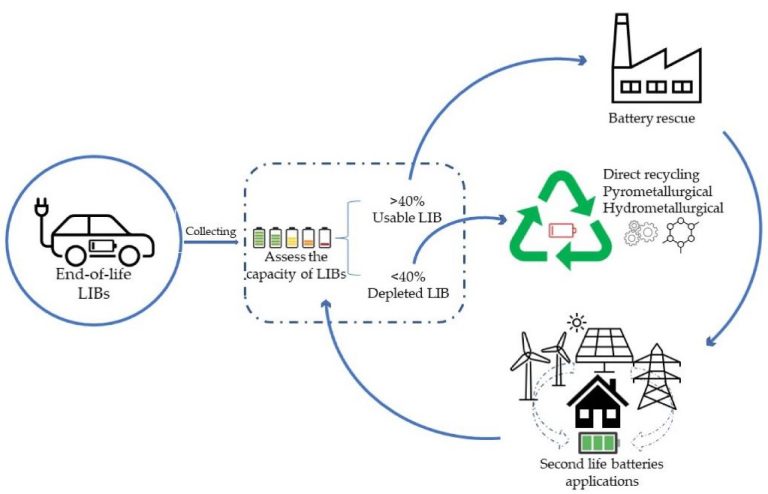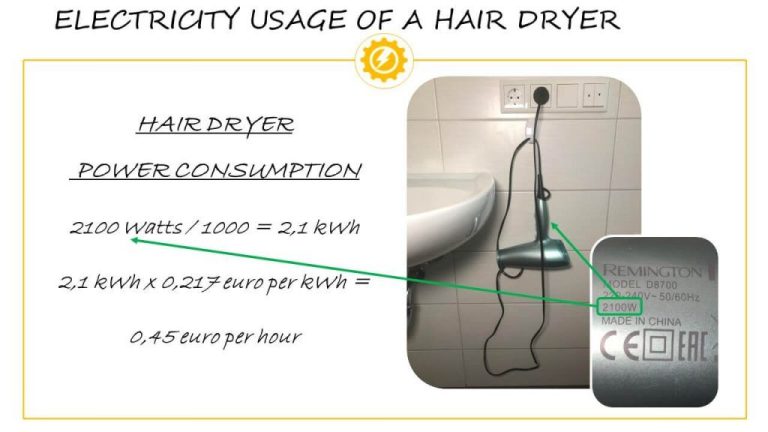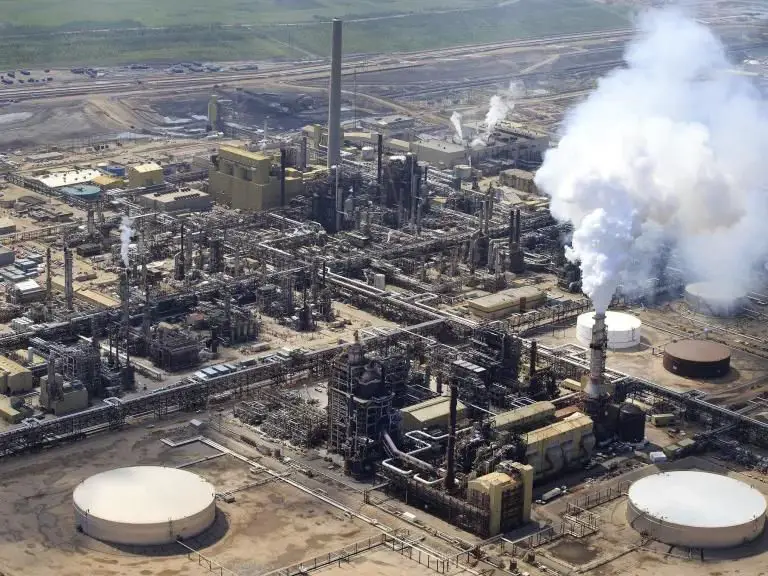How Do I Find Kinetic Energy?
What is Kinetic Energy?
Kinetic energy is the energy an object possesses due to its motion. It is defined as the work needed to accelerate a body of a given mass from rest to its stated velocity. Having kinetic energy implies the object is in motion.
For example, a ball resting on the ground has no kinetic energy, but when you kick the ball into the air, you do work on the ball to accelerate it to a high velocity. The ball now possesses kinetic energy due to its motion. The faster the ball is moving, the more kinetic energy it has.
Other everyday examples of kinetic energy include the energy of a moving car, a jogger running down the street, or the wind blowing through the trees. Whenever something is moving, it has kinetic energy associated with that motion.
Kinetic Energy Formula
The formula for calculating kinetic energy is:
Kinetic Energy = 1/2 x mass x velocity2
Where:
- Kinetic Energy is measured in joules (J)
- Mass is measured in kilograms (kg)
- Velocity is measured in meters per second (m/s)
Breaking this down:
- Kinetic energy depends on the mass of the object.
- Kinetic energy increases exponentially as velocity increases.
- The velocity term is squared, so doubling the velocity will increase the kinetic energy by a factor of 4.

To find kinetic energy, you need to know the values for mass and velocity of the object. Then plug those values into the formula above and calculate.
Calculating Kinetic Energy
Kinetic energy can be calculated using the following formula:
KE = (1/2) * m * v^2
Where:
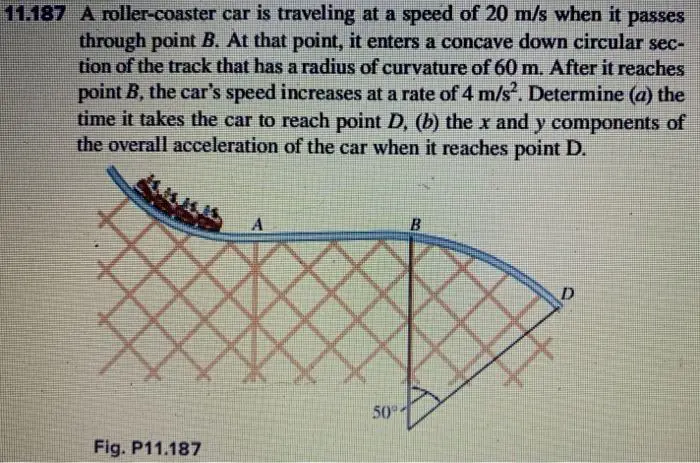
- KE is the kinetic energy in joules (J)
- m is the mass in kilograms (kg)
- v is the velocity in meters per second (m/s)
To calculate kinetic energy, you simply plug the values for mass and velocity into the formula above. Here are some examples:
Example 1: What is the kinetic energy of a 2kg object moving at 3 m/s?
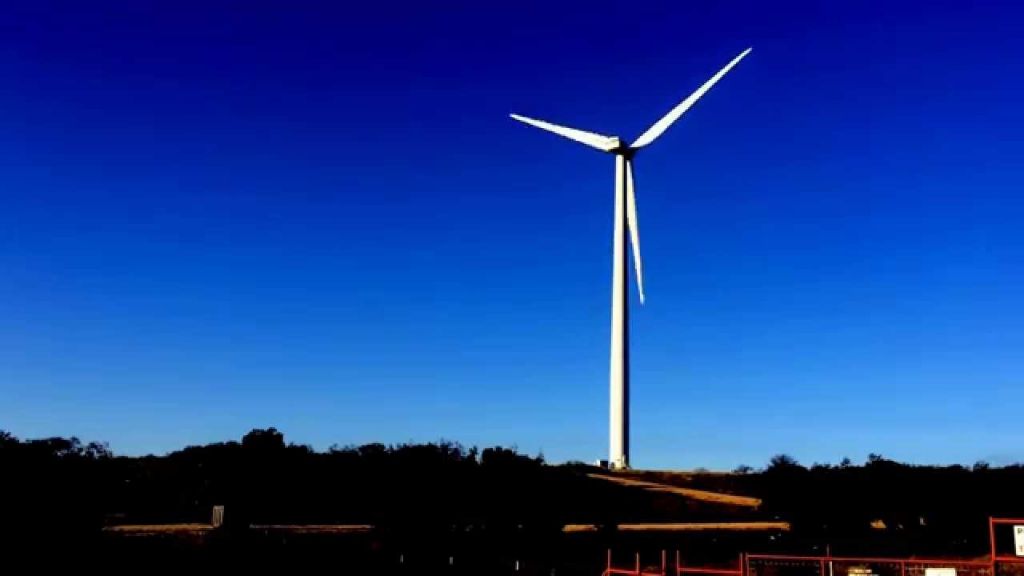
KE = (1/2) * 2 kg * (3 m/s)^2
KE = (1/2) * 2 * 9
KE = 9 J
Example 2: What is the kinetic energy of a 5kg object moving at 4 m/s?
KE = (1/2) * 5 kg * (4 m/s)^2
KE = (1/2) * 5 * 16
KE = 40 J

As shown in the examples above, kinetic energy increases exponentially with velocity, while it increases linearly with mass. The more massive an object is and the faster it is moving, the more kinetic energy it will have.
Factors Affecting Kinetic Energy
Kinetic energy depends on two main factors – mass and velocity. The relationship can be seen in the kinetic energy formula:
KE = 1/2 mv2
Where m is mass and v is velocity. Let’s look at how each factor impacts kinetic energy:

Mass
As mass increases, kinetic energy increases. This is because according to the formula, kinetic energy is directly proportional to mass. Doubling the mass while keeping velocity constant will double the kinetic energy. Physically, this makes sense because it takes more energy to get a heavier object moving at the same speed as a lighter object.
Velocity
As velocity increases, kinetic energy increases exponentially. This is because kinetic energy depends on the square of velocity based on the formula. Doubling velocity while keeping mass constant will increase kinetic energy by a factor of 4. Increasing velocity has a greater impact on kinetic energy than increasing mass. Intuitively, higher speeds correspond to more motion and energy.
In summary, both mass and velocity positively affect kinetic energy, but velocity has a greater exponential effect. To maximize kinetic energy, increase both mass and velocity. However, velocity contributes more to the kinetic energy of an object than mass does.
Kinetic Energy in Physics
Kinetic energy has many important applications in physics, particularly related to motion and collisions. The kinetic energy of an object depends on its mass and velocity. Objects with more mass or that are moving faster have greater kinetic energy.
When objects collide or interact, kinetic energy is transferred between them. The total kinetic energy before and after such interactions remains constant in isolated systems. This conservation of kinetic energy is an important law in physics.
For example, when one billiard ball strikes another stationary ball, the striking ball transfers some of its kinetic energy to start moving the other ball. The velocity of the striking ball decreases while the struck ball gains velocity. However, the total kinetic energy of the two balls combined remains the same.
Kinetic energy is directly related to the momentum of objects. The greater the momentum, the greater the kinetic energy. Momentum depends on mass and velocity just like kinetic energy. Physics uses the concepts of kinetic energy and momentum to analyze collisions, explosions, motion, and other interactions between objects.
Understanding kinetic energy is crucial for describing phenomena from atomic particles to vehicles to astronomical bodies. It allows physicists to quantify and predict the energy transferred in interactions. Kinetic energy continues to play an important role across all branches of physics research and theory.
Kinetic Energy in Chemistry
Kinetic energy plays an important role in chemistry when looking at chemical reactions and the motion of molecules. The kinetic energy of molecules is related to temperature – higher temperatures mean the molecules are moving faster on average and thus have more kinetic energy. This kinetic energy is important for getting molecules to collide and react.
The activation energy of a chemical reaction is the minimum kinetic energy needed for the reaction to proceed. Reactions with higher activation energies require more kinetic energy and thus higher temperatures. The kinetic energy of colliding molecules must be equal to or greater than the activation energy for the reaction to occur.
Kinetic energy is converted to potential energy in the chemical bonds formed during exothermic reactions. The opposite happens in endothermic reactions, where kinetic energy is absorbed from the surroundings to break bonds. The study of reaction kinetics looks at the speed of chemical reactions and how kinetic energy, temperature, and other factors influence the reaction rate.
On an atomic level, the kinetic energy of electrons determines what energy levels and orbitals they occupy around the nucleus. Exciting electrons to higher energy states requires an input of kinetic energy. The motion and collisions of high energy electrons is important for many processes like electricity generation and radiation.
Understanding the kinetic energy involved in chemical systems is key for designing safe chemical processes, predicting reaction mechanisms and rates, and utilizing chemical energy. Kinetic energy is a fundamental concept connecting the motion of molecules to heat, temperature, and reactivity.
Converting Between Kinetic Energy and Potential Energy
Kinetic energy and potential energy are two forms of mechanical energy. They can convert between each other during processes where work is done.
For example, when an object falls, its potential energy gets converted into kinetic energy. As the object falls, it accelerates due to gravity. Its velocity and kinetic energy increase as it falls. The potential energy decreases in proportion to the increase in kinetic energy.
The total mechanical energy remains constant during the conversion between potential and kinetic energy, as long as no dissipative forces like friction are present. This is known as the conservation of mechanical energy.
The formula to calculate potential energy is mgh, where m is mass, g is acceleration due to gravity, and h is height. As height decreases during the fall, potential energy decreases. Meanwhile, kinetic energy, calculated as 1/2mv^2, increases due to the increasing velocity v.
The conversions between potential and kinetic energy apply to many mechanical systems, like pendulums, springs, and rolling objects. Understanding the relationship between the two forms of energy helps explain the dynamics of these systems.
Conservation of Mechanical Energy
The law of conservation of mechanical energy states that in a closed or isolated system with no external forces, the total mechanical energy remains constant. Mechanical energy is the sum of kinetic energy and potential energy. This means that the amount of energy lost in one form will be converted into another form of energy.
For example, when a ball is dropped from a height, it loses gravitational potential energy but gains kinetic energy as it falls. The total mechanical energy before and after the drop remains the same. When the ball hits the ground and bounces back up, it loses kinetic energy, but regains gravitational potential energy. The energy transformations continue back and forth between kinetic and potential energy, with mechanical energy conserved overall.
Another example is a pendulum swinging back and forth. At the peaks of its swing, it has maximum gravitational potential energy and no kinetic energy. At the bottom of its swing, it has maximum kinetic energy and no potential energy. The transformations between kinetic and potential happen continuously, but the total mechanical energy remains unchanged.
Understanding conservation of mechanical energy is useful for analyzing mechanical systems and solving physics problems involving energy transformations. Real world examples include rollercoasters, swings, springs, pendulums, and more.
Common Misconceptions
There are a few common misconceptions that people have about kinetic energy:
Misconception: Kinetic energy only applies to moving objects.
Correction: This is not true. All objects with mass have kinetic energy, even stationary objects, due to their molecular motion. The kinetic energy of stationary objects is just very small.
Misconception: The faster an object moves, the more kinetic energy it has.
Correction: Kinetic energy depends on both the mass and velocity of an object. A slow, massive truck can have more kinetic energy than a light, fast moving car.
Misconception: Kinetic energy causes motion.
Correction: Kinetic energy is the energy something possesses due to its motion. It does not cause the motion itself. Forces like friction, gravity, and thrust cause changes in motion.
Real World Applications
Kinetic energy is something we interact with and utilize constantly in our everyday lives. Here are some common examples of kinetic energy in action:
Vehicles rely on kinetic energy to move. The engine converts potential energy from fuel into kinetic energy that allows the wheels to turn and propel the vehicle forward. The faster a vehicle is moving, the more kinetic energy it has.
Many sports and athletic activities depend on kinetic energy. When kicking a soccer ball, swinging a golf club, or throwing a baseball, we impart kinetic energy to the object to make it move. The more massive the object and the faster it is moving, the greater its kinetic energy.
Amusement park rides are designed around kinetic energy. Rollercoasters slowly move cars up tracks to a high elevation to build up potential energy. When released, this potential energy is converted into fast kinetic energy to zip the cars quickly along the tracks.
Wind turbines and hydroelectric dams use kinetic energy for renewable power generation. The motion of wind or water turns enormous turbine blades that spin generators to produce electricity.
Household appliances like blenders, mixers, and washing machines require kinetic energy to rotate the blades or drums inside. This motion is produced by electric motors that transform electrical energy into kinetic energy.
Heat and electricity rely on the kinetic energy of molecules and electrons in motion. This internal microscopic motion is transformed into usable energy that powers our modern world.
Kinetic energy is an important concept for improving technology and engineering solutions. Understanding how to control kinetic energy allows us to innovate faster vehicles, more efficient power plants, and new renewable energy sources.

